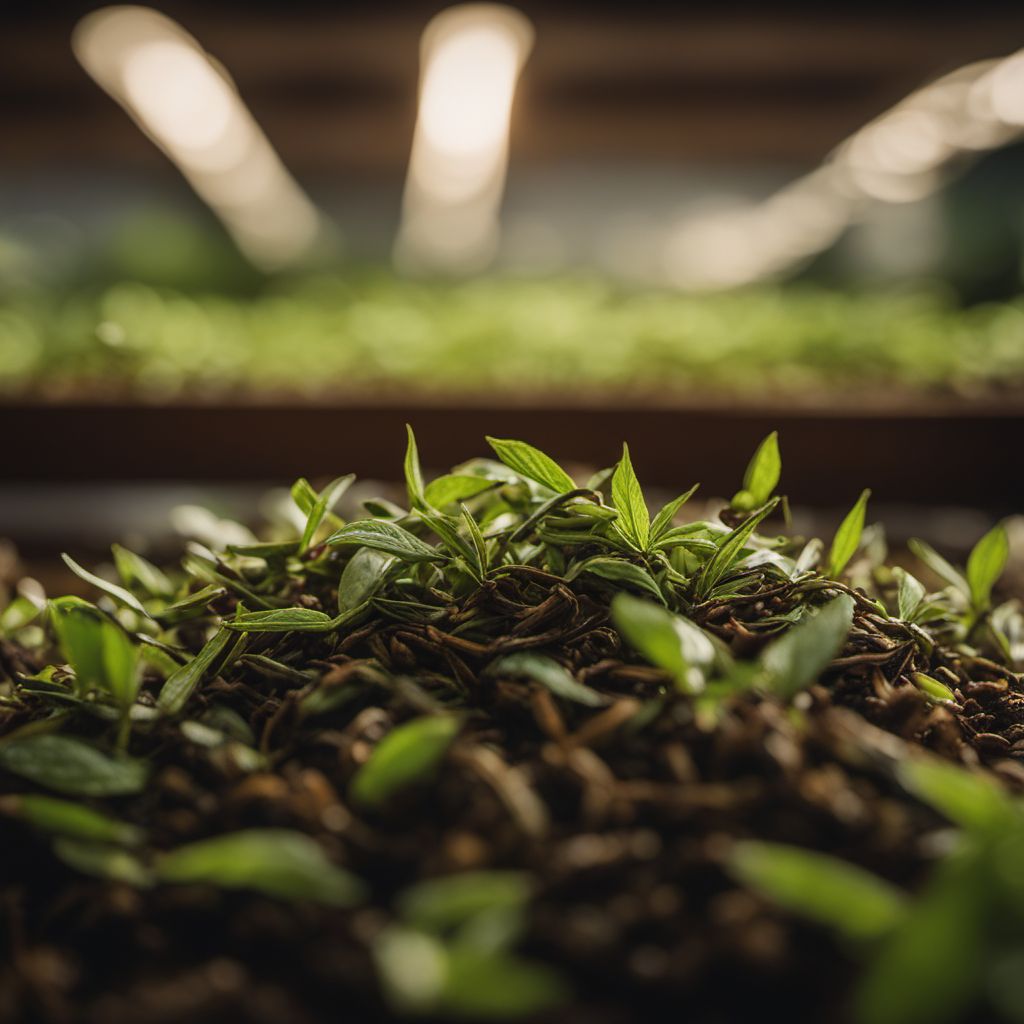
Ingredient
Tea leaves and stalks decaffeinated
The Calming Brew: Decaffeinated Tea Leaves and Stalks
Decaffeinated tea leaves and stalks are derived from the Camellia sinensis plant and undergo a process to remove most of the caffeine content while retaining the distinct flavors and aromas. With a delicate and smooth taste, these leaves and stalks can be brewed into a comforting cup of tea that can be enjoyed any time of the day.
Origins and history
Tea has a rich history that dates back thousands of years, originating in ancient China. It has been an integral part of various cultures and traditions, symbolizing hospitality, relaxation, and social gatherings. Decaffeinated tea was first introduced in the early 20th century to cater to individuals who desired the taste and experience of tea without the stimulating effects of caffeine.
Nutritional information
Decaffeinated tea leaves and stalks are low in calories and contain beneficial antioxidants, such as catechins, which contribute to overall health and well-being.
Allergens
Tea leaves and stalks decaffeinated may contain traces of caffeine, although the levels are significantly reduced compared to regular tea.
How to select
When selecting decaffeinated tea leaves and stalks, opt for high-quality loose-leaf varieties that are well-packaged and sealed to preserve freshness. Look for reputable brands that use a reliable decaffeination process to ensure the best flavor and quality.
Storage recommendations
To maintain the freshness and quality of decaffeinated tea leaves and stalks, store them in an airtight container in a cool, dry place away from direct sunlight. Avoid exposure to moisture or strong odors, as tea can easily absorb them.
How to produce
Decaffeinated tea leaves and stalks can be produced by subjecting the harvested leaves and stalks to a decaffeination process, which typically involves steaming or soaking them in a solvent to remove the caffeine. This process is often done on a large scale by tea manufacturers.
Preparation tips
To prepare decaffeinated tea, steep the leaves and stalks in hot water for the recommended time, usually 3-5 minutes. Adjust the steeping time based on personal preference for a stronger or milder flavor. Add sweeteners, lemon, or milk as desired. Additionally, decaffeinated tea leaves and stalks can be used in culinary applications, such as infusing them into desserts or using them as a flavoring agent in sauces or marinades.
Culinary uses
Decaffeinated tea leaves and stalks are commonly used to brew a variety of tea types, including black, green, white, and herbal teas. They can be enjoyed on their own or blended with other ingredients to create unique flavor combinations. Additionally, decaffeinated tea leaves and stalks can be used in cooking and baking to infuse dishes with a subtle tea flavor.
Availability
Decaffeinated tea leaves and stalks are widely available in grocery stores, supermarkets, and specialty tea shops worldwide.
